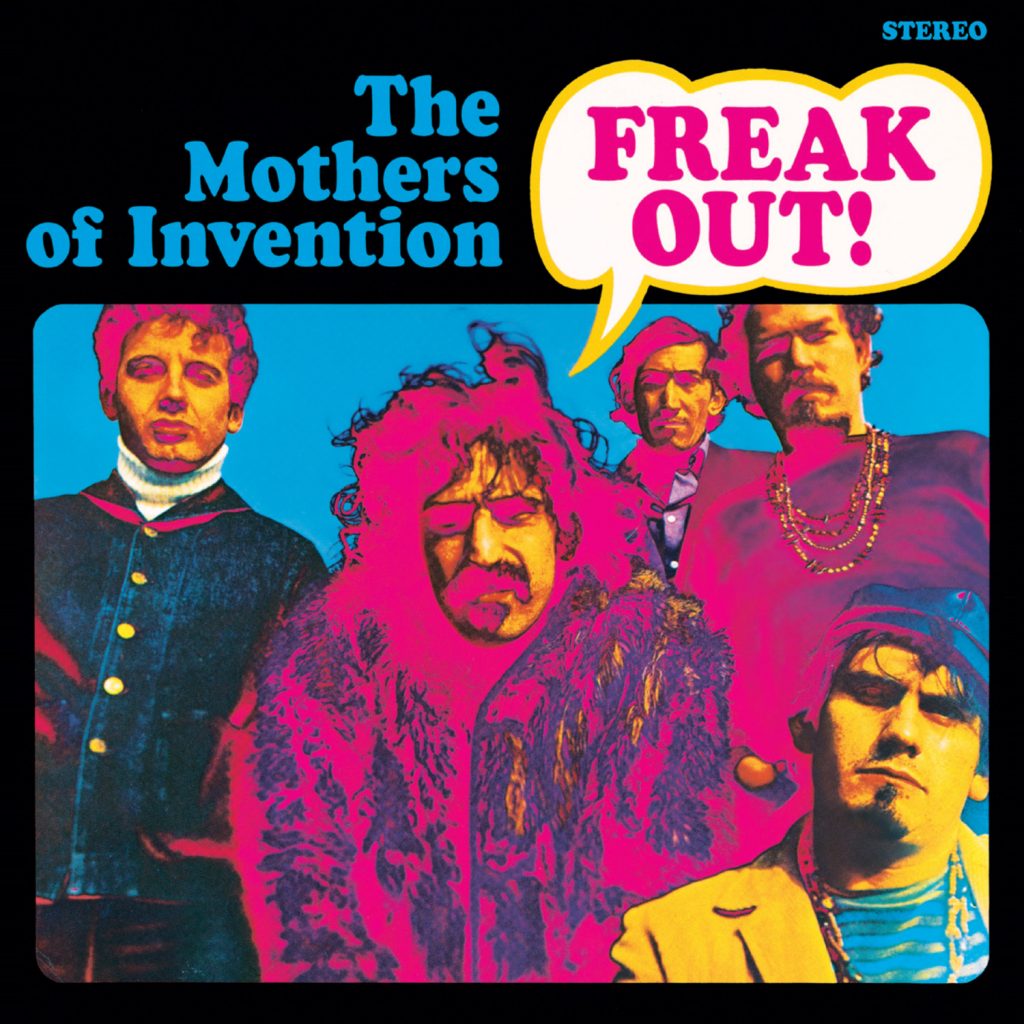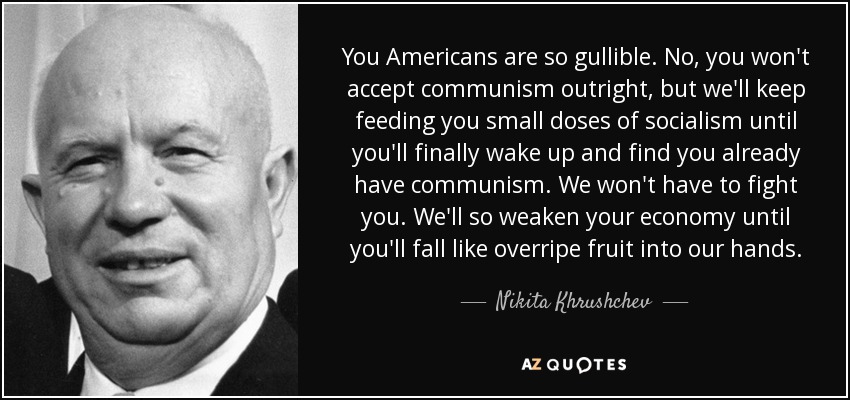In 1966 Frank Zappa released his seminal double-LP, Freak Out! by the Mothers of Invention.

Album cover for Freak Out!
While the album was a sardonic and often critical statement on the state of the 1960s, it’s amazing how much the content remains relevant today, in 2024, 58 years later!
I still own the album on vinyl. And more often these days, I’m reminded of some of the song titles and lyrics: Who Are The Brain Police? Trouble Every Day, and the song that inspired this post, It Can’t Happen Here. Why?
Only a few years after the release of Freak Out!, I found myself the dependent son of an American diplomat posted behind the Iron Curtain, a term coined by Winston Churchill in 1946 to depict the divide between the Soviet Union and Western Europe. This was at the height of the Cold War, when Americans were viewed by communist regimes as “the enemy.” As a long-haired college kid at the time, I found the experience educational and informative. Better still, I had the luxury of leaving any time I wished (college was in what was then known as West Germany) so I had enormous advantages that the everyday citizens of the country did not. I drove an American car with diplomatic license plates when citizens had to save up and wait for years to obtain a terrible Trabant, Wartburg or similar examples of soviet “expertise.”

A Trabant P 601
I knew I had privilege. I was able to go places, buy things and enjoy myself at leisure. I also knew (and had been apprised of this by embassy personnel) that I was under constant surveillance. It’s likely my bedroom was bugged, our house staff would certinaly report anything that might compromise my family’s position, and that everywhere I went I was followed by the secret police. In fact, I enjoyed spotting my “tails” and would sometimes lead them around on wild goose chases as I navigated the cities and countryside. Despite my youth and privileged status, it was clear to me there was an “us-versus-them” air about my time there.
When the Berlin Wall came down on November 9, 1989, it signaled the end of the Cold War. At least as we knew it (my father had a photograph of him chipping away a piece of it, and enclosed the fragment in a block of lucite). What followed was a period of détente, where if we weren’t “pals” with the Russians, we at least agreed to trade, and generally cooperate.
So, now back to the topic at hand: It can’t happen here.
For decades, Americans have been schooled on the “evils of communism.” Until they weren’t! At some undetermined point, but likely in 1991, when the Soviet Union dissolved, the Soviet threat seemed to have lifted. But that didn’t end communism; it just took on a new face. For a few years, Russia struggled internally, and then in 1999 Vladimir Putin climbed the steps of power, becoming the country’s president in 2012, where he continues to this day (having rewritten the Russian constitution to allow him to do so, and by eliminating his political opponents — permanently).
America’s relationship with communism and Russia has been and up-and-down affair for years. During President Obama’s time in office, then-Secretary of State Hillary Clinton made famous the “RESET” attempt.

Spelling error – “Reset” translated to “overcharge” on embarrassing attempt to mend US-Russian relations.
When Vladimir Putin assumed the Russian presidency in 2012, the wily former KGB officer began to put his lock on the Russian political scene. At the same time, the values and practices of the soviets had been hard at work in the U. S. The educational system was infested with leftist ideologues, and graduates from colleges and universities that had become indoctrination centers began to take up residence in schools, media, law centers and offices of government (local, state and federal). The quote by former Soviet leader Nikita Khrushchev rings out:

Krushchev quote on Americans accepting socialism and communism.
So, when Frank Zappa sang, “It can’t happen here,” he was not only satirizing mainstream middle America, but was also foretelling the direction the country would take when the “Hungry Freaks, Daddy” became mainstream (check the lyrics at the link). Today, the halls of government, academia, healthcare and technology have upended the Constitution and turned the USA into a mirror of the soviet state.
We have a two-tiered justice system (“laws for thee but not for me”). where you are protected if you’re a member of the privileged class, but jailed or ruined if you’re not. The U.S. has become a surveillance state, as former CIA director James Clapper admitted to Congress. There is a secret court (FISC) with unnamed judges conducting investigations into private American citizens’ lives. Profligate spending to send purported hush-money (and the anticipated kickbacks) has run the country to the brink of ruin, while the borders have become open doors to the world’s underclass. As Donald Trump once said (and was pilloried for saying it), ““When Mexico sends its people, they’re not sending their best. They’re not sending you. They’re not sending you.” Few of the migrants breaking U. S. immigration law are likely rocket scientists, computer programmers, or brain surgeons.
Russian author Elena Gorokhova wrote in her book, A Mountain of Crumbs, “They lie to us, we know they’re lying, they know we know they’re lying but they keep lying anyway, and we keep pretending to believe them.” That pretty much describes the current status of USA.
As Walt Kelly’s Pogo once observed, “We have me the enemy and he is us.”

Walt Kelly’s Pogo the Possum, © 1971
It can’t happen here. Right?




